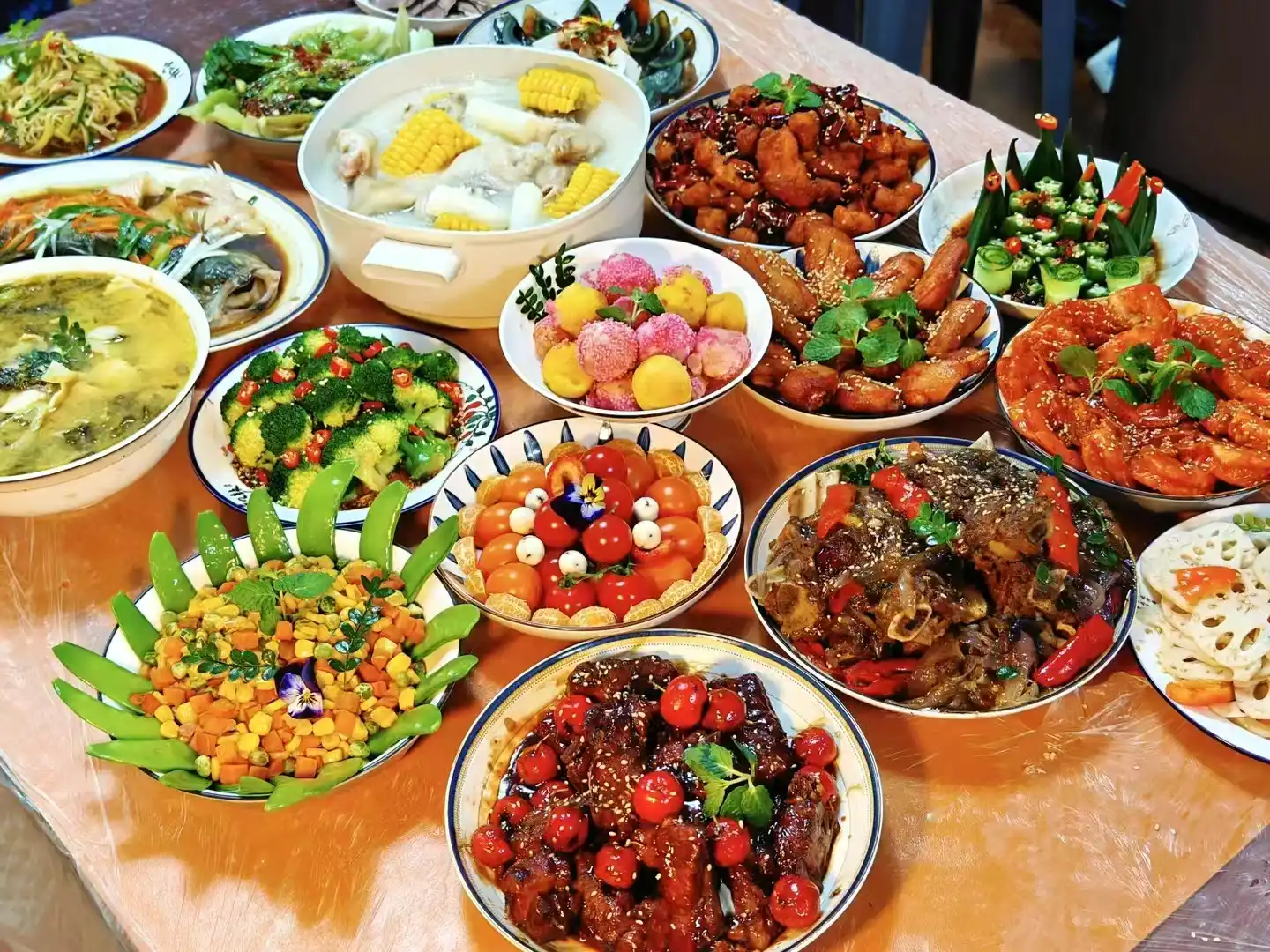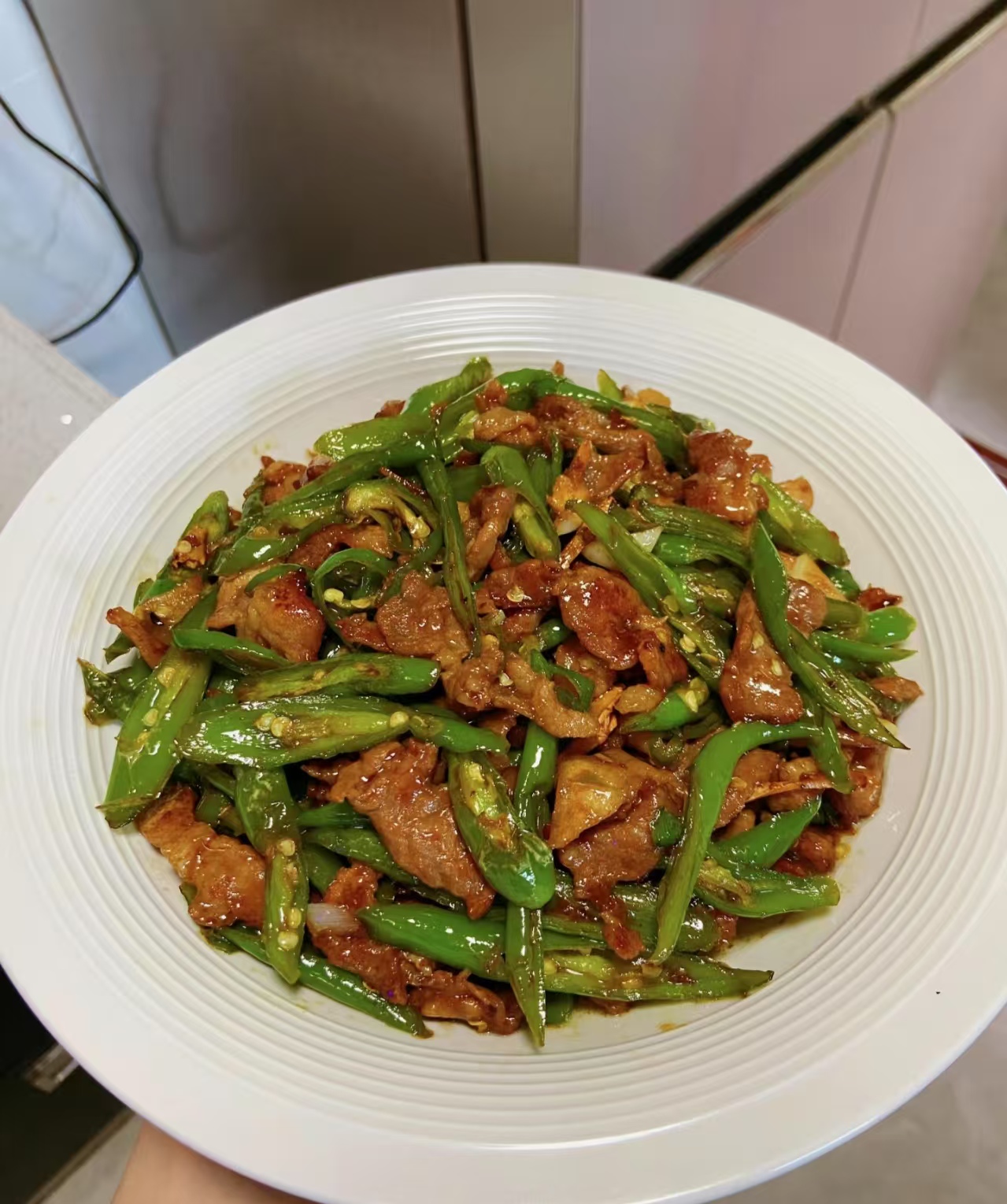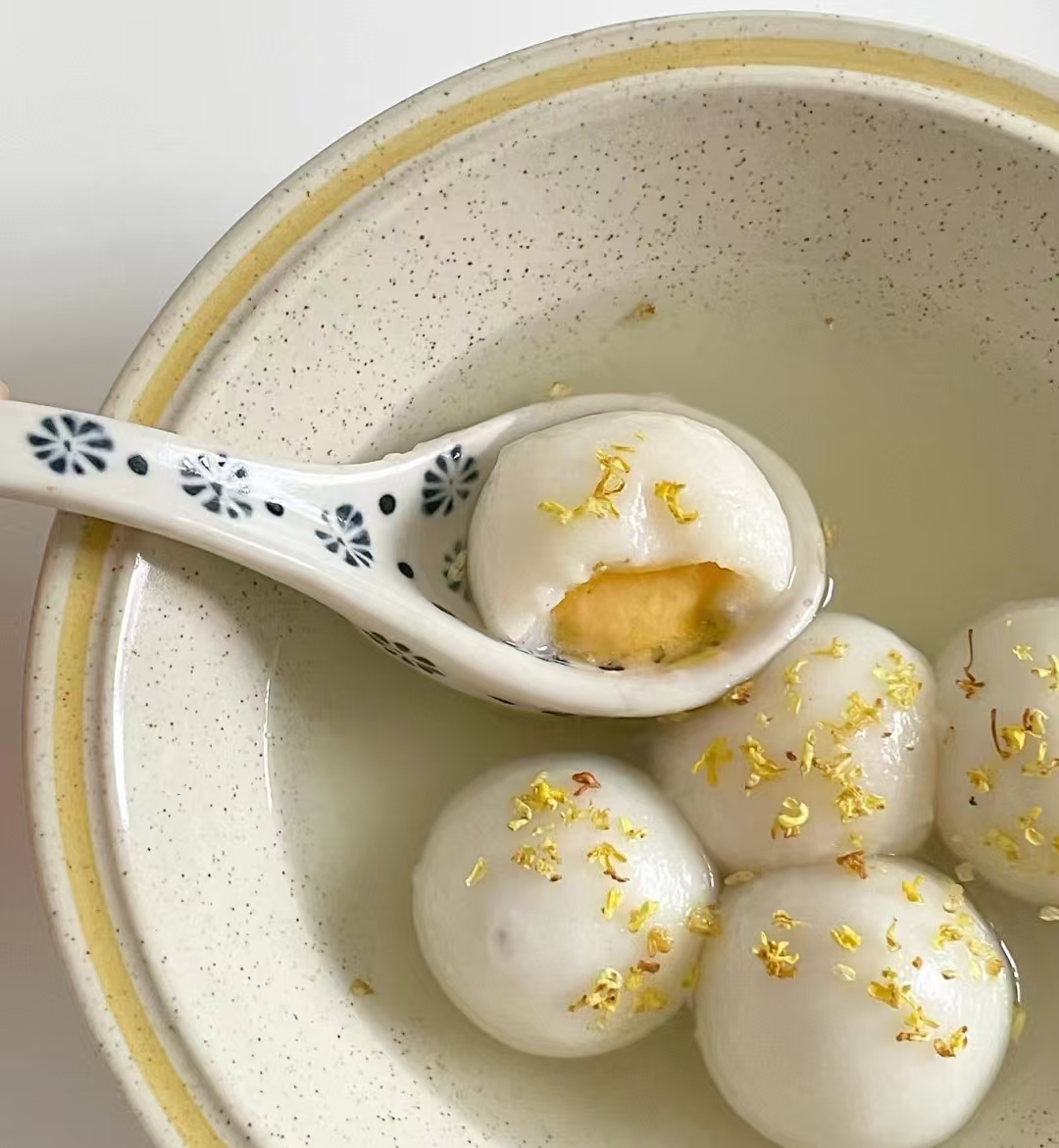When the clock ticks down to Chinese New Year, every household in China hurries to prepare something more than just a meal—it’s a culinary symphony rich in symbolism and tradition. The reunion dinner, held on Chinese New Year’s Eve, is perhaps the most important festive meal in Chinese culture, where every dish tells a story of family, prosperity, and hope for the year ahead.
The Dishes and Their Meanings
Each family’s table showcases regional flavors, but no matter where in China you celebrate, some key dishes are non-negotiable for their auspicious meanings:
1. Whole Fish (“Nian Nian You Yu”)
Symbolism: The Chinese word for fish, “鱼” (Yu), sounds like the word for surplus or abundance. Serving it whole represents unity and prosperity.
Tradition: The fish is often steamed with ginger, scallions, soy sauce, and a splash of Shaoxing wine—and be sure to leave leftovers as a sign of ongoing abundance!
2. Dumplings (“Jiaozi”)
Symbolism: Shaped like ancient gold ingots, dumplings represent wealth and fortune. The more you eat, the richer you’ll be in the new year!
Fun Tip: Some families hide a coin in one dumpling for good luck. But bite carefully—you don’t want the year to start with a cracked tooth!
3. Sticky Rice Cake (“Nian Gao”)
Symbolism: The name “Nian Gao” sounds like “year high,” symbolizing wishes for higher achievements in life, career, and health.
Taste: These sweet, glutinous rice flour cakes can be pan-fried or steamed, with variations including red bean, dates, or even savory versions.
4. Spring Rolls (“Chun Juan”)
Symbolism: These golden, crispy rolls resemble bars of gold, symbolizing wealth and prosperity.
Regional Twist: Fillings vary across regions, from shredded vegetables to savory meats, but always fried to perfection!
Family and Food: More Than Just Eating
This feast is about more than filling your belly; it’s a time for connection, reflection, and celebration. Before the meal begins, families often honor their ancestors by lighting incense or serving the first portion of food in gratitude for their blessings.
Did you know?
In northern China, families make dumplings together, each member learning to fold them in their unique way. In southern China, the focus may shift to preparing delicate dim sum or intricate desserts.
My Experience: An Insider’s Peek
When I first experienced a Chinese New Year reunion dinner, what struck me most was the laughter that filled the room. Aunties chased kids around with dumplings, uncles debated over mahjong, and grandparents told age-old stories about the origins of the festival.
It’s this warmth, this joy, that defines the reunion dinner more than just the food itself. And as I bit into my very first piece of sticky rice cake, I couldn’t help but feel a bit of that sweetness seep into my soul.
Pro Tips for Hosting Your Own Reunion Dinner
- Set the Tone: Red and gold decorations are a must. Lanterns, couplets, and even red packets (with chocolates!) for guests add festive vibes.
- Start Simple: If making authentic dumplings seems intimidating, buy pre-made wrappers or try frozen ones—your guests will still appreciate the effort.
- Pair Wisely: A bottle of Chinese rice wine (or even plum wine) complements these hearty dishes beautifully.
“A Chinese proverb says, ‘The pleasure of food lies not just in the taste but in who you share it with.’ This is what makes the New Year reunion dinner so exceptional—the food is remarkable, but the company is unforgettable.”
Cultural Note:
Lunar New Year traditions vary greatly by region, but the spirit of family and unity is universal. Whether you try authentic recipes or put your own spin on them, the heart of the reunion dinner is creating moments to cherish with loved ones.

 Hunan Chili Pork: The Firecracker Stir-Fry That Redefined 'Spicy'
Hunan Chili Pork: The Firecracker Stir-Fry That Redefined 'Spicy'